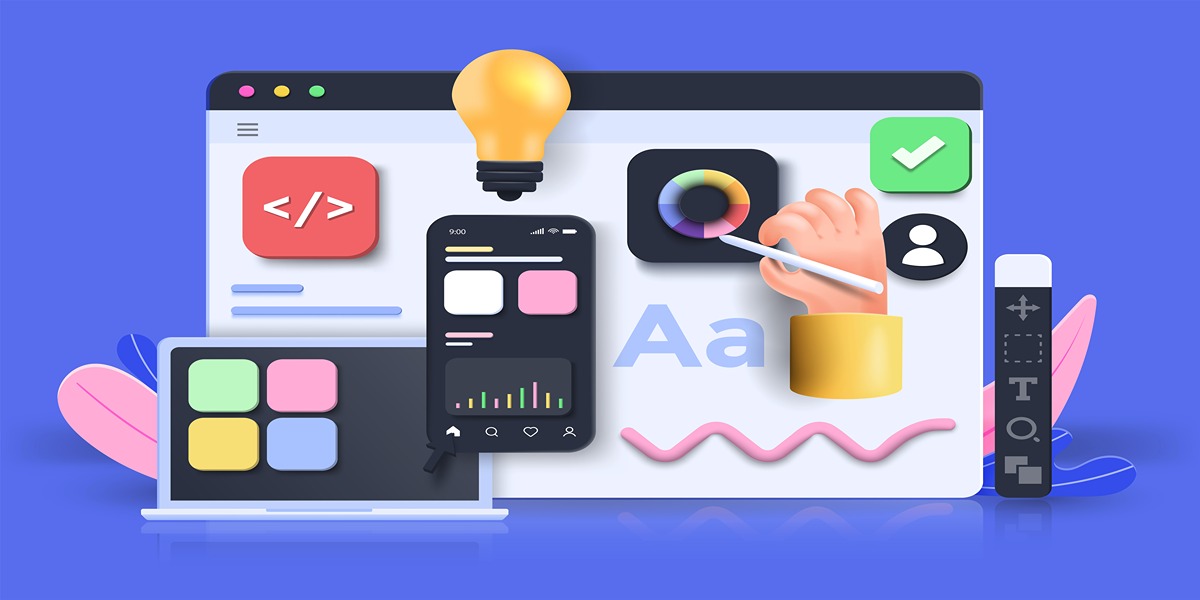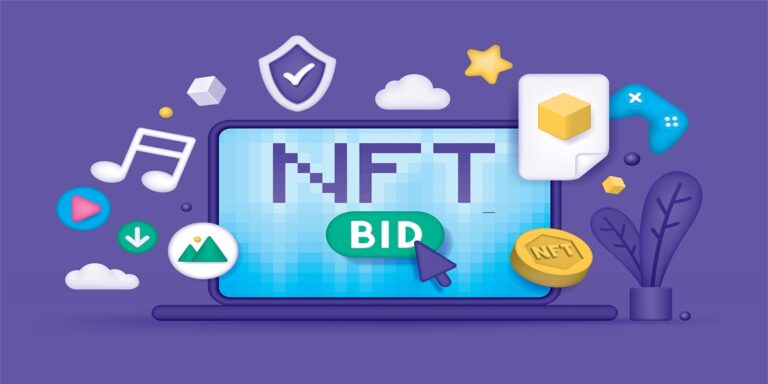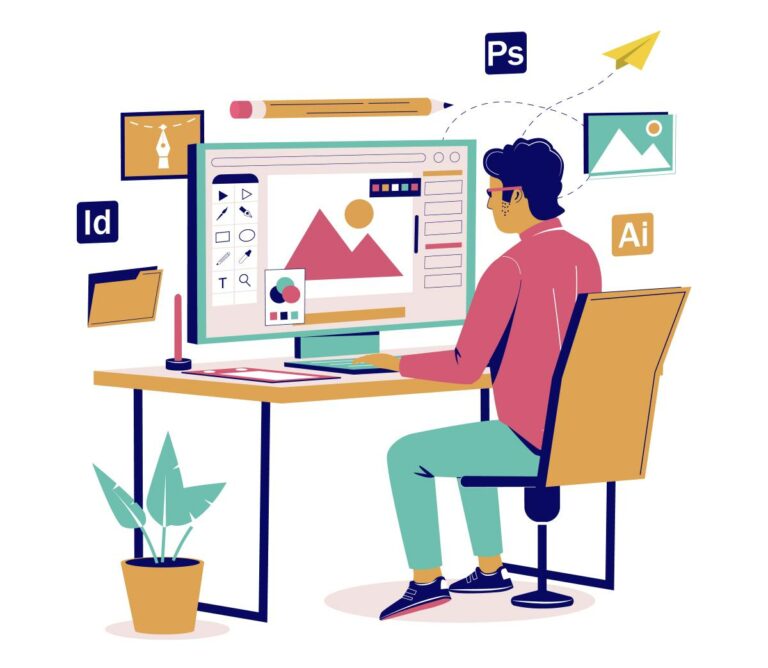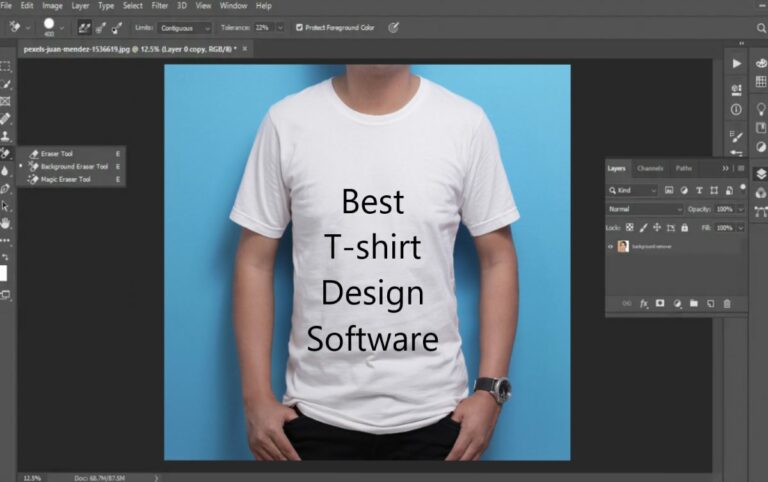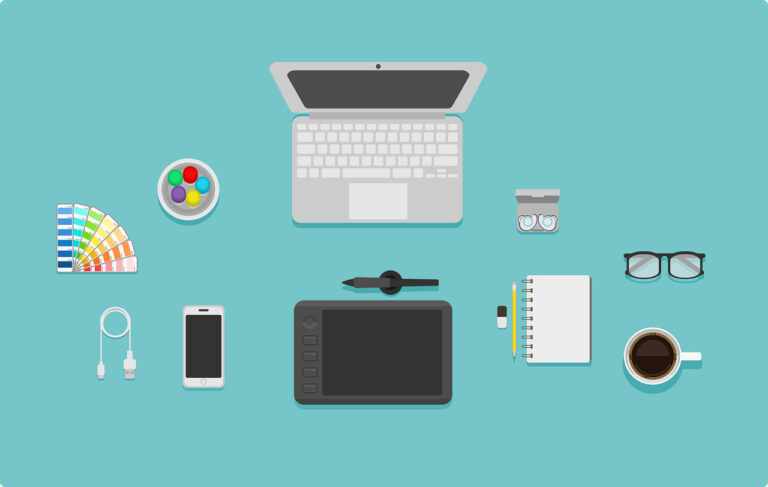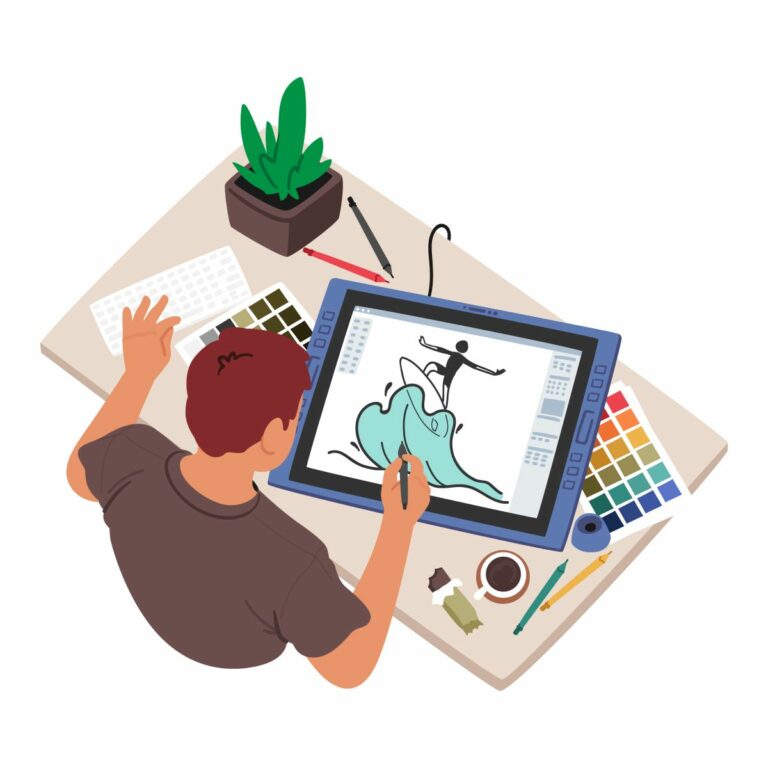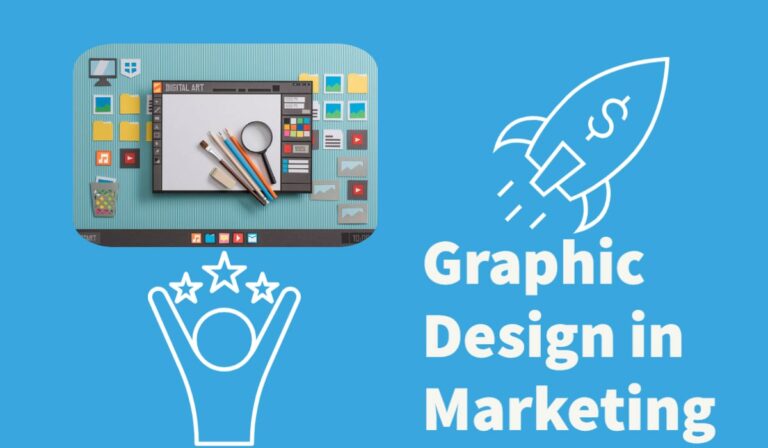Become a Genius Graphic Designer in 17 powerful steps
Are you ready to unlock your potential as a genius graphic designer? Are you eager to dive deep into the realm of creativity and master the art of visual communication? Do you want to generate an income stream working as pro graphic designer?
Look no further! In this captivating blog post, we unveil a treasure of 16 powerful steps that will catapult your design skills to new heights, unleashing your inner genius.
Have you ever wondered what separates the ordinary from the extraordinary in the world of graphic design? How do some designers effortlessly capture attention and evoke emotions through their creations, while others struggle to make an impact?
Prepare to embark on a transformative journey as we delve into the secrets and strategies employed by the most brilliant minds in the field.
In the following lines, we will guide you through a labyrinth of design principles, showcasing the importance of mastering fundamentals such as color theory, typography, composition, and layout. But that’s just the beginning.
We will help you navigate the ever-changing landscape of design trends, equipping you with the knowledge and inspiration to stay ahead of the curve.
As we immerse ourselves in the world of design, let’s ponder a few intriguing questions: How can you harness the power of constructive criticism to refine your craft? What are the key elements that make up a memorable and cohesive brand identity? And how can you develop a deep understanding of user experience (UX) design to create designs that captivate and engage?
Picture yourself collaborating with other like-minded designers, drawing inspiration from renowned masters, and continuously honing your skills through regular practice. Imagine the sense of accomplishment as your portfolio evolves into a testament to your versatility and creativity, showcasing a diverse range of projects that leave a lasting impression on clients and peers alike.
But it doesn’t stop there. We’ll delve into the realm of effective communication, organizational strategies, and time management techniques that will help you navigate the demanding world of graphic design with finesse.
We’ll even explore the fascinating field of color psychology, uncovering the profound impact colors can have on human emotions and behavior.
Are you ready to embark on this transformative journey? Prepare to unleash your creative genius as we unravel the 24 powerful tips that will elevate your graphic design skills to extraordinary heights.
Let’s dive in and unlock the boundless possibilities that await you in the captivating realm of graphic design excellence.
Step #1 Master the graphic design fundamentals
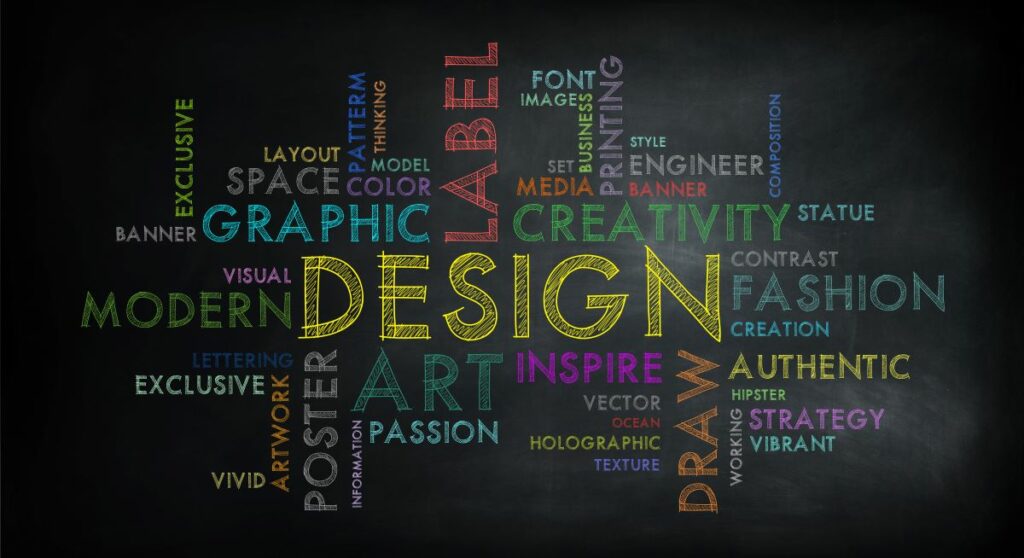
As a budding genius graphic designer, it is essential to lay a solid foundation by mastering the fundamental principles of this captivating art form. Picture yourself on a quest for excellence, armed with the knowledge and skills that will set you apart from the competition.
By delving deep into the world of graphic design, you unlock a realm of creativity where colors dance, typography sings, and compositions mesmerize. Through the expert use of tools like Adobe Photoshop, Illustrator, and InDesign, you harness the power to transform your ideas into visual masterpieces that leave a lasting impact.
To aid you on your journey, a plethora of online resources are at your fingertips, providing invaluable assistance as you navigate the intricacies of graphic design. Websites like Canva, Pixlr, and DesignBold offer intuitive interfaces and vast libraries of templates, allowing you to bring your vision to life with ease.
These online tools empower you to experiment with different styles, color palettes, and layouts, honing your artistic sensibilities along the way.
But let’s not forget about the importance of acquiring real skills that go beyond the digital realm. Traditional art forms, such as drawing and painting, serve as the backbone of graphic design, imbuing your creations with a depth and authenticity that digital tools alone cannot replicate.
By mastering the art of sketching, shading, and composition, you enhance your ability to translate ideas from paper to screen seamlessly.
To emphasize the significance of mastering these fundamentals, recent statistics reveal that 84% of consumers believe that design is crucial in building trust and credibility for a brand (Source: Adobe). Additionally, studies show that 38% of website visitors will stop engaging with a website if the content or layout is unattractive (Source: Adobe).
These statistics highlight the impact of graphic design on consumer perception and engagement, underscoring the importance of honing your skills as a genius graphic designer.
So, dear reader, let us embark on this exciting journey together, where your creative potential knows no bounds. Master the graphic design fundamentals, armed with the power of online tools and the depth of real skills.
Prepare to captivate the world with your artistic prowess as you unlock the secrets of design excellence.
Remember, greatness awaits those who dare to dream and embrace their inner genius.
Step #2 Develop a strong foundation in art
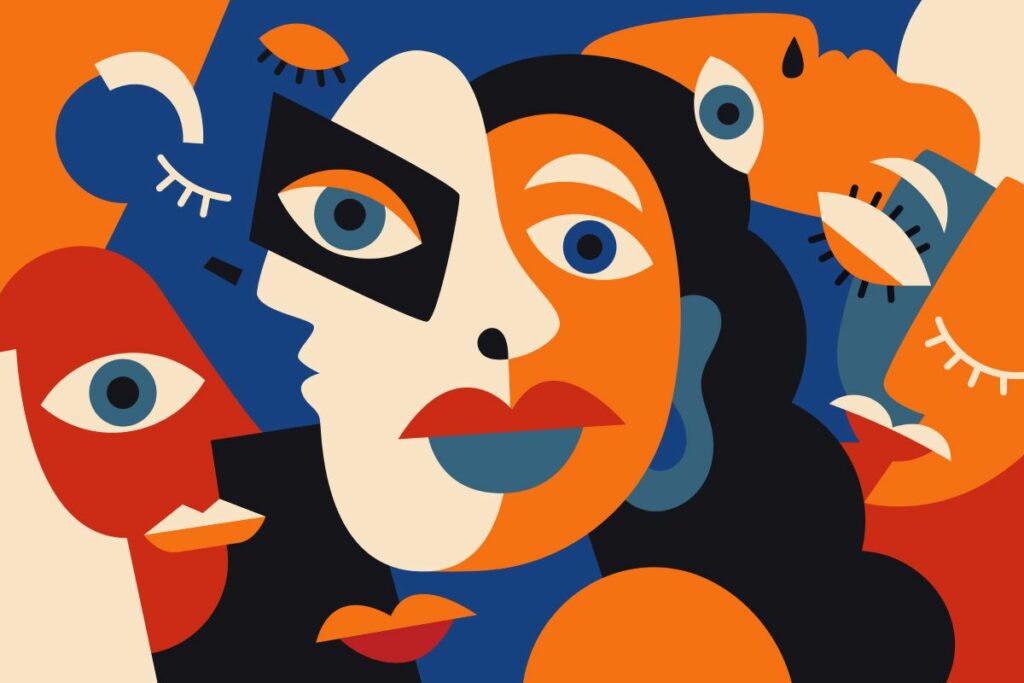
Embarking on a transformative journey toward becoming a genius graphic designer necessitates the development of a strong foundation in the world of art. As you immerse yourself in this enchanting realm, the possibilities for creative expression become limitless.
By honing your skills in traditional art forms such as drawing, painting, and sculpture, you unlock the power to infuse your graphic designs with a captivating depth and soul.
Fortunately, the digital age has bestowed upon us a multitude of online tools that seamlessly merge the traditional and the contemporary. Websites like Procreate, Corel Painter, and ArtRage provide a digital canvas where your imagination can run wild, enabling you to create stunning digital artwork with the flick of a stylus.
These tools empower you to experiment with brush strokes, textures, and color blending, bridging the gap between the tangible and the virtual.
But why is developing a strong foundation in art crucial for your journey as a genius graphic designer? A study conducted by Adobe indicated that 89% of design-driven businesses outperformed their competitors in terms of revenue growth (Source: Adobe).
These statistics underscore the correlation between artistic proficiency and professional success in the realm of graphic design.
Renowned artists and designers have long recognized the significance of a strong art foundation.
Art is the queen of all sciences communicating knowledge to all the generations of the world
Leonardo da Vinci
In the words of Paul Rand, a legendary graphic designer,
Design is the method of putting form and content together. Design, just as art, has multiple definitions; there is no single definition. Design can be art. Design can be aesthetics. Design is so simple, that’s why it is so complicated
Source: Brainyquote
These quotes resonate with the profound interplay between art and design, emphasizing the symbiotic relationship between the two.
Remember, as you nurture your artistic talents, you pave the way to becoming a genius graphic designer, where your designs become a testament to the harmonious marriage of art and technology.
May your journey be filled with inspiration, growth, and an unwavering belief in your artistic genius.
Step #3 Stay updated with current design trends

As a genius graphic designer, staying abreast of current design trends like minimalist graphic design is not just an option but a necessity to keep your creative edge razor-sharp.
In the fast-paced world of design, where styles and preferences evolve swiftly, your ability to adapt and embrace the latest trends becomes your secret weapon. Thankfully, the digital age has gifted us with an abundance of resources to stay updated and inspired.
Online platforms like Behance, Dribbble, and Pinterest serve as virtual galleries where design enthusiasts and professionals showcase their latest creations. By immersing yourself in these visual wonderlands, you gain a front-row seat to witness the unfolding of new aesthetics, innovative techniques, and groundbreaking ideas.
These platforms act as windows into the minds of fellow designers, providing invaluable insights and sparking the flame of inspiration within you.
But why is staying updated with design trends so crucial? Recent statistics indicate that 48% of consumers believe that website design is the number one factor in determining the credibility of a business (Source: Blue Corona).
Additionally, studies have shown that 75% of website visitors make judgments about a company’s credibility based on its website design (Source: Stanford Web Credibility Research). These numbers highlight the immense impact design has on consumer perception and, ultimately, business success.
Design gurus throughout history have emphasized the significance of staying attuned to the design zeitgeist. In the words of Charles Eames, the renowned designer, and architect,
Recognizing the need is the primary condition for design
Charles Eames
Similarly, Massimo Vignelli, an iconic graphic designer, once said, “Styles come and go. Good design is a language, not a style” (Source: BrainyQuote). These quotes remind us of the ever-evolving nature of design and the importance of understanding the needs of the present while remaining rooted in timeless principles.
So, dear reader, let us embark on a thrilling journey of design discovery. Embrace the digital platforms that serve as your portals to the ever-evolving world of design trends.
Immerse yourself in the creative wonders crafted by fellow designers, and let their ingenuity ignite your own. Remember, staying updated with current design trends is not just a professional responsibility but a source of endless inspiration and growth.
May your design journey be adorned with the wisdom of the past and the innovation of the present, propelling you to new heights of design excellence.
Step #4 Experiment with different design software
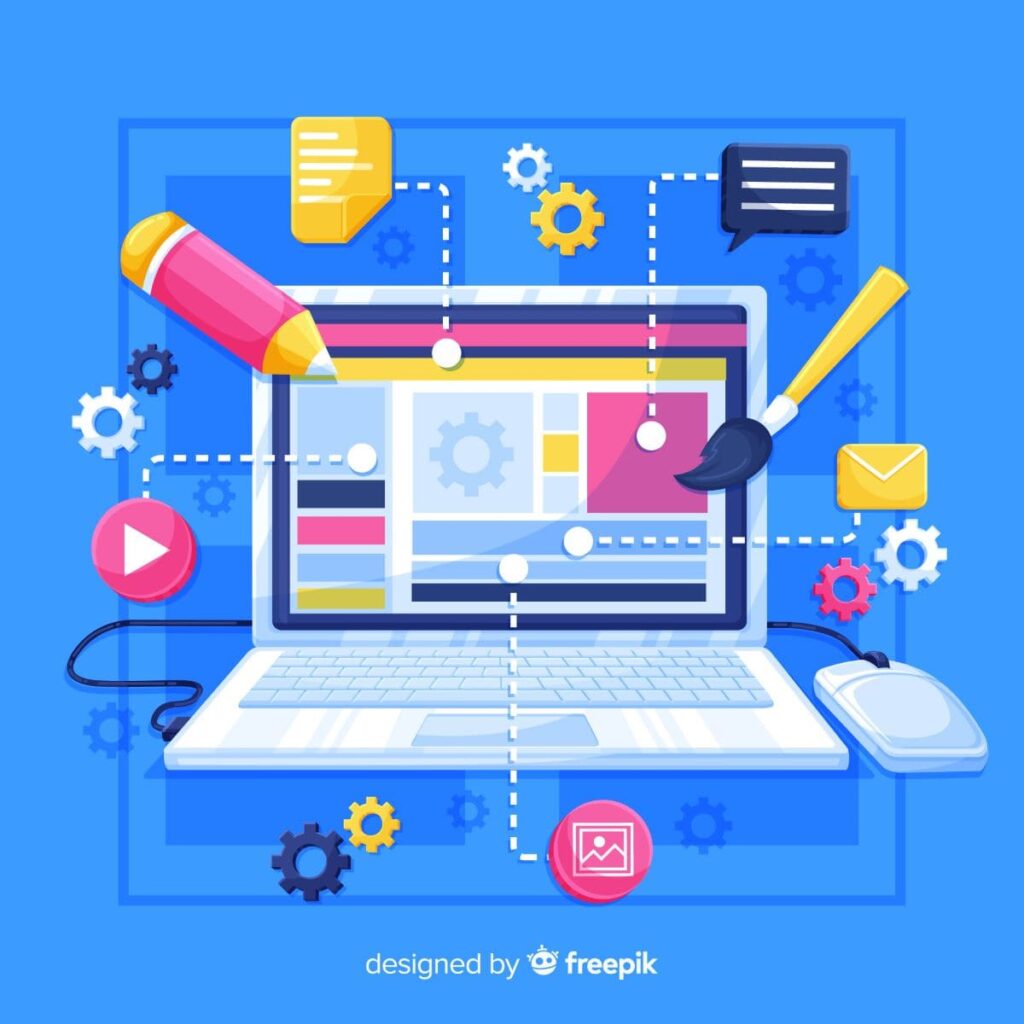
The world of design software is your playground, offering an array of powerful tools to unleash your creativity and bring your artistic visions to life.
To truly unlock your potential, it is crucial to experiment with different design software and discover the ones that resonate with your unique style and workflow.
The digital realm presents a vast landscape of possibilities, with industry-standard software like Adobe Photoshop, Illustrator, and InDesign at the forefront, empowering you to seamlessly manipulate images, create captivating illustrations, and craft stunning layouts.
Venturing beyond the familiar, you may explore specialized software such as Sketch for user interface (UI) design, 3D modeling software like Blender or Cinema 4D for immersive visual experiences, or motion graphics tools like After Effects to breathe life into your designs.
By embracing the versatility of these software options, you expand your repertoire, allowing your creative genius to flourish across various mediums and platforms.
Recent statistics highlight the indispensability of design software proficiency in today’s digital landscape. According to a report by Global Market Insights, the global graphic design software market is projected to reach:
driven by the increasing demand for visually appealing content across industries (Source: Global Market Insights). Furthermore, a study conducted by LinkedIn identified proficiency in software like Adobe Creative Suite as one of the top skills sought by employers in the design industry (Source: LinkedIn).
Design luminaries throughout history have extolled the virtues of software experimentation. Steve Jobs, the visionary co-founder of Apple, once remarked,
It’s not faith in technology. It’s faith in people.
Steve Jobs
These words remind us that software is merely a tool, and it is the brilliance and ingenuity of the designer that truly creates magic.
Similarly, the renowned designer Paul Rand asserted, “Design can be art. Design can be aesthetics. Design is so simple, that’s why it is so complicated.” (Source: QuotesGram) These quotes inspire us to embrace the complexity and endless possibilities that different design software presents.
Dear reader, seize the opportunity to explore the digital realm and experiment with different design software. Equip yourself with industry-leading tools and expand your skill set to unlock new dimensions of creative expression.
Remember, the software is a means to amplify your genius, and it is your unique vision and talent that will set your designs apart. Embrace the power of technology, fuse it with your artistic prowess, and watch as your creations mesmerize the world.
Step #5 Build a diverse portfolio
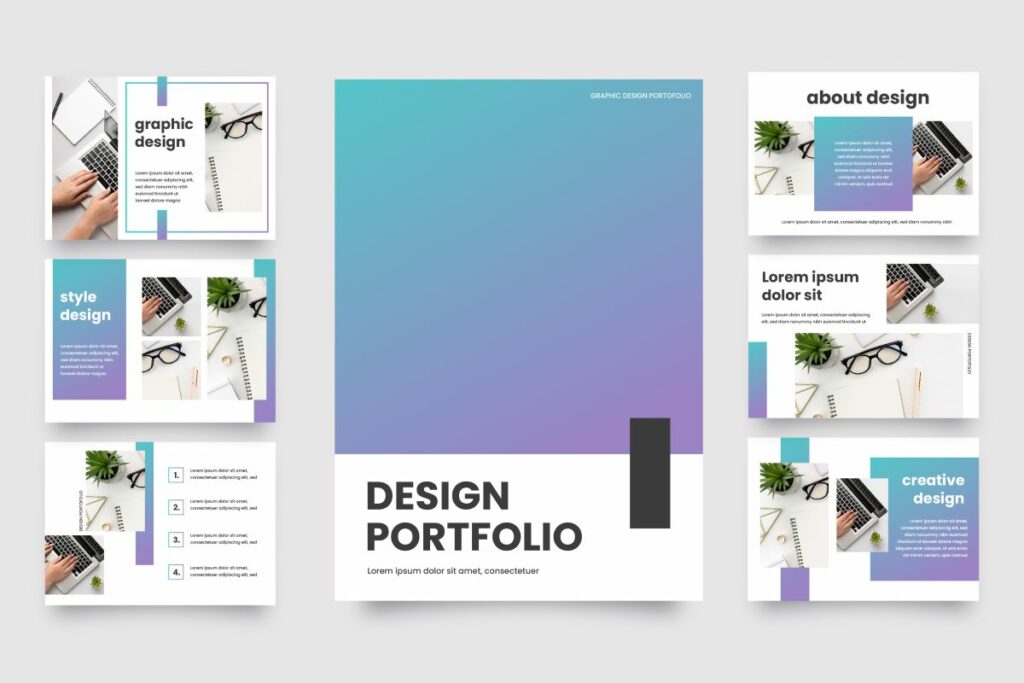
As a genius graphic designer, the key to establishing yourself as a creative force lies in building a diverse and captivating portfolio that showcases your range of skills and artistic versatility. Your portfolio is your visual narrative, a testament to your talent, and the gateway to new opportunities.
To create a compelling portfolio, it is essential to curate a collection of projects that span various industries, styles, and mediums.
Harnessing the power of online tools like Behance, Dribbble, and Adobe Portfolio, you can showcase your designs to a global audience, captivating potential clients and collaborators.
Leverage these platforms to share not only the outcomes but also the creative process behind each project, giving viewers a glimpse into your ideation, problem-solving skills, and attention to detail.
Recent statistics underscore the impact of a well-crafted portfolio in the design industry. According to a survey by AIGA, the professional association for design, 78% of employers consider a candidate’s portfolio to be the most important factor when evaluating their suitability for a job (Source: AIGA).
Furthermore, studies have shown that a visually appealing portfolio can increase a designer’s chances of landing a client by up to 65% (Source: Designmodo).
Design legends have emphasized the significance of a diverse and impressive portfolio. Pablo Picasso, the iconic artist, once remarked:
Learn the rules like a pro, so you can break them like an artist
Pablo Picasso
(Source: Goodreads).
These words encourage us to push the boundaries of creativity, showcasing our ability to adapt and innovate. Similarly, the acclaimed designer Stefan Sagmeister said, “Having guts always works out for me” (Source: Design Assembly).
This quote reminds us to embrace boldness and take risks in our portfolio, as it is through experimentation and daring choices that we truly shine.
Dear reader, let your portfolio be a symphony of creativity, a visual feast that captivates and inspires. Embrace the online platforms that allow you to showcase your work to a global audience.
Cultivate a diverse range of projects that demonstrate your versatility, from branding and web design to illustration and motion graphics.
Take into account that your portfolio is a powerful tool that opens doors and fuels your ascent as a genius graphic designer. Craft it with passion, showcase your brilliance, and let your designs leave an indelible mark on the world.
Step #6 Seek inspiration from other designers

As a genius graphic designer, the pursuit of inspiration is an integral part of your creative journey. By seeking inspiration from other designers, you tap into a wellspring of ideas that can ignite your artistic brilliance.
The world is teeming with talented designers who have carved their mark in the industry, and their works serve as beacons of creativity, guiding you towatoward horizons.
Online platforms like Behance, Pinterest, and Designspiration act as treasure troves of visual inspiration, offering a vast array of designs from all corners of the globe. Immerse yourself in these digital galleries, exploring the diverse styles, techniques, and concepts that other designers have masterfully brought to life.
Let their creations spark your imagination, prompting you to think differently, take risks, and push the boundaries of your artistic expression.
Recent statistics highlight the importance of seeking inspiration from other designers. A study conducted by Adobe revealed that 61% of creatives believe that their best work comes from being inspired by the work of others (Source: Adobe).
Furthermore, according to a survey by LinkedIn, 88% of designers consider keeping up with industry trends and being inspired by other designers as crucial to their success (Source: LinkedIn).
Design luminaries have long extolled the virtues of seeking inspiration.
Salvador Dali, the iconic surrealist artist, once said:
Those who do not want to imitate anything, produce nothing
salvador dali
Source: brainyquote
These words remind us that inspiration fuels innovation, and by immersing ourselves in the work of others, we open ourselves up to new possibilities.
Similarly, the influential designer Paula Scher asserted, “You can’t do good work if you’re not fascinated by what you’re doing.” (Source: QuotesGram) This quote emphasizes the importance of being curious and fascinated by the work of fellow designers, as it fuels our passion and drive.
Step #7 Practice regularly
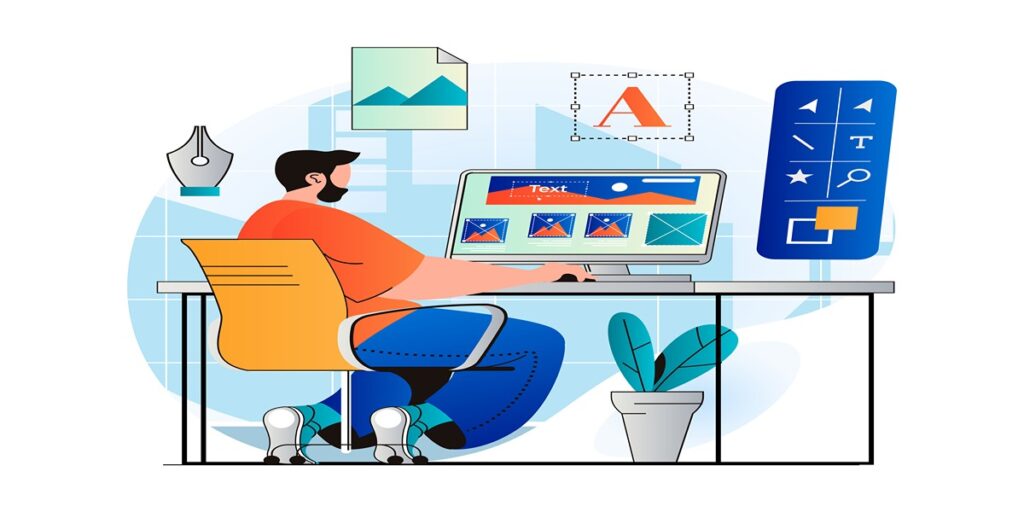
Becoming a genius graphic designer is not a fleeting moment of inspiration but a continuous journey of growth and mastery, and at the heart of this journey lies the steadfast commitment to practice regularly.
Just as skilled musician hones their craft through hours of daily practice, graphic designer must immerse themselves in the art form, refining their skills, and pushing their creative boundaries.
Regular practice builds muscle memory, strengthens design instincts, and fosters a deep understanding of the principles that govern this captivating field.
Embrace the online tools that facilitate your practice, such as Adobe Creative Cloud, Canva, or Figma, which offer a wealth of features and resources to refine your skills.
Engage in design challenges and exercises that challenge your problem-solving abilities, experimenting with different styles, layouts, and color palettes.
Seek feedback from peers, mentors, and online communities to gain fresh perspectives and insights that propel your growth.
Recent statistics underscore the importance of regular practice in achieving design excellence. A study conducted by the Journal of Expertise revealed that deliberate practice, characterized by focused, structured efforts, accounts for up to 26% of the variance in performance across various domains (Source: Journal of Expertise).
Furthermore, according to a survey by AIGA, the professional association for design, 84% of designers believe that practice and continued learning are essential for career advancement (Source: AIGA).
As the renowned artist Pablo Picasso once famously stated, “Inspiration exists, but it has to find you working.” (Source: Goodreads) So, inspiration flows from the act of practice itself, from the dedication and perseverance that drive us to improve.
Similarly, the celebrated designer Charles Eames emphasized the value of practice, stating, “The details are not the details. They make the design.” (Source: Goodreads) This quote urges us to delve into the intricacies of our craft, honing our skills and refining our designs through regular practice.
Step #8 Pay attention to details

In the realm of graphic design, where every pixel, line, and color holds significance, the discerning eye of a genius graphic designer is attuned to the minutest of details.
Paying meticulous attention to details is not merely an act of perfectionism, but a testament to the commitment to delivering exceptional work that captivates and resonates with the audience.
It is through the careful consideration of typography, spacing, alignment, and composition that designs transcend from good to extraordinary.
Harness the power of online tools like Adobe Creative Suite, Sketch, or Affinity Designer to refine your attention to detail. These tools offer a plethora of features that enable you to zoom in, manipulate, and fine-tune every element of your design.
Embrace the power of grid systems, style guides, and visual hierarchy to ensure a harmonious balance and coherence in your work.
Recent statistics emphasize the impact of attention to detail in design. A study conducted by the Nielsen Norman Group found that visually complex websites are perceived as less credible and less trustworthy by users (Source: Nielsen Norman Group).
Also, according to a survey by Adobe, 39% of consumers would stop engaging with content that displays unattractive layouts or imagery (Source: Adobe).
Step #9 Develop strong communication skills

As a genius graphic designer, your creative prowess goes beyond visual aesthetics – it extends to your ability to effectively communicate ideas, concepts, and visions.
Developing strong communication skills is a vital component of your success, as it enables you to articulate your design choices, collaborate with clients and teammates, and ultimately bring your creative visions to life.
Try and embrace online tools and platforms like Slack, Trello, and Zoom, which facilitate seamless communication and collaboration, allowing you to exchange ideas, provide feedback, and discuss project details with clients and colleagues.
Cultivate the skill of active listening, attentively absorbing feedback, and understanding client needs to ensure your designs align with their vision.
Recent statistics highlight the importance of strong communication skills in the design industry. According to a survey by LinkedIn, 93% of employers consider communication skills to be an essential attribute when hiring a graphic designer (Source: LinkedIn).
Furethermore, a study by the University of Warwick found that effective communication skills can increase team performance by up to 20% (Source: University of Warwick).
Design legends have emphasized the significance of communication in the creative process. The renowned designer Milton Glaser once said, “There are three responses to a piece of design – yes, no, and WOW! Wow is the one to aim for” (Source: Design Shack).
This quote emphasizes the importance of effectively communicating your design intent to elicit an enthusiastic response. Similarly, the visionary Steve Jobs stated, “Design is not just what it looks like and feels like. Design is how it works” (Source: Fast Company).
Step #10 Embrace constructive criticism

As a talented graphic designer, you understand that growth and improvement come not only from accolades but also from embracing constructive criticism.
Rather than shying away from feedback, you harness its transformative power to refine your skills, expand your creative boundaries, and deliver designs that resonate with your audience on a profound level.
Online tools like InVision, Zeplin, or Marvel can facilitate the collaborative feedback process, allowing you to easily share your designs with clients, teammates, and fellow designers.
Embrace the art of receiving feedback with an open mind and a growth-oriented mindset. Take the time to understand the perspectives and insights shared, recognizing that they can be invaluable stepping stones towards elevating your work to new heights.
Design luminaries have emphasized the importance of embracing constructive criticism.
The legendary designer Massimo Vignelli once stated, “Styles come and go. Good design is a language, not a style” (Source: Design Shack). So the criticism is an opportunity to refine our design language and transcend fleeting trends.
Similarly, the influential designer Stefan Sagmeister emphasized, “Having guts always works out for me” (Source: Creative Boom). Embracing constructive criticism requires courage, but the rewards are immeasurable.
Step #11 Develop a strong understanding of branding
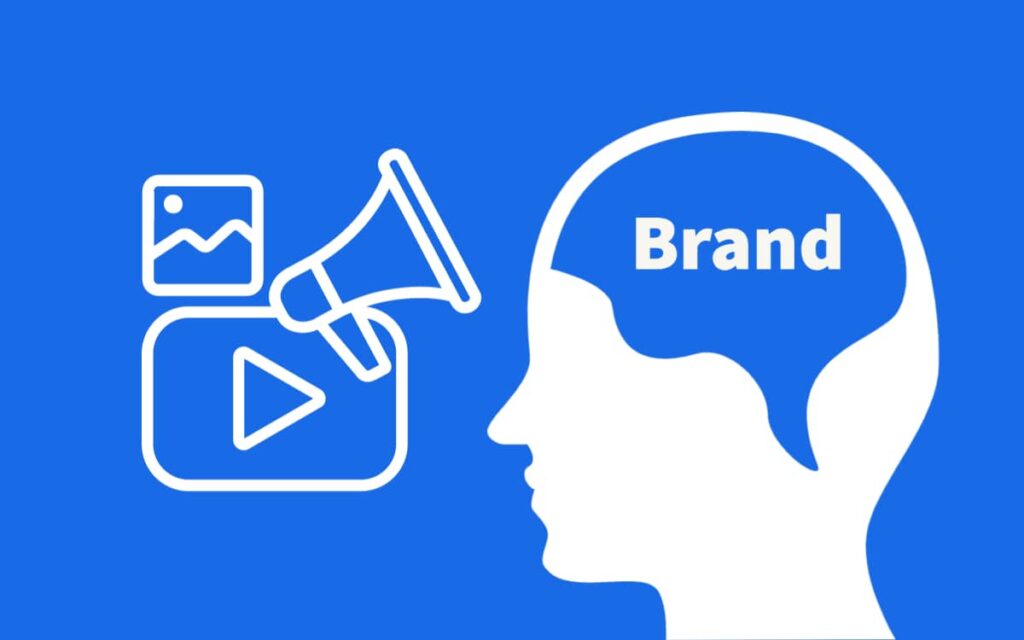
It is imperative to develop a strong understanding of branding—an artful blend of strategy, storytelling, and design that leaves an indelible mark on the psyche of consumers.
Branding encompasses the essence of a company, shaping its identity and establishing an emotional connection with its target audience.
To master this craft, online tools such as Canva, Brandfolder, or Brandwatch can be invaluable resources, empowering you to create visually compelling and cohesive brand experiences.
These words encapsulate the essence of branding—a multifaceted concept that extends far beyond mere visual aesthetics. Similarly, the iconic designer Paul Rand emphasized the power of simplicity in branding, stating, “Design is the silent ambassador of your brand” (Source: Creative Bloq).
Step #12 Hone your typography skills
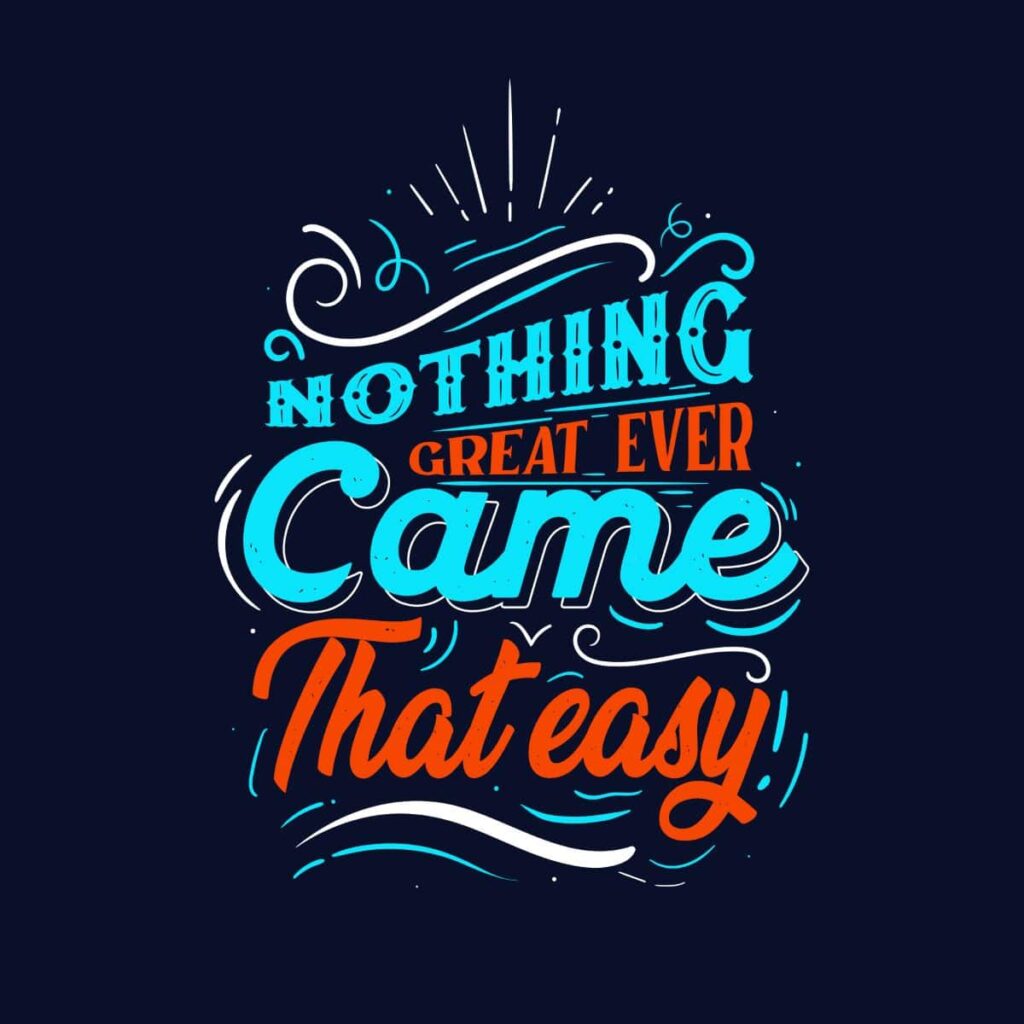
As a genius graphic designer, honing your typography skills is a transformative journey that unleashes the power of words and enhances the visual impact of your designs.
Typography is not simply about choosing fonts; it is an art form that demands a keen eye for detail, an understanding of hierarchy, and an appreciation for the interplay between form and function.
Embrace online tools such as Adobe Fonts, Google Fonts, or Typekit to access an expansive library of typefaces that can elevate your designs to new heights.
Recent statistics emphasize the significance of typography in design. A study conducted by the Software Usability Research Laboratory found that 95% of the information on the web is communicated through typography (Source: Usability.gov).
And a research from Stanford University indicates that typography can influence the perceived credibility and trustworthiness of a website (Source: Stanford University).
Typography luminaries have left their mark on the design world. The legendary typographer Hermann Zapf once said, “Typography is two-dimensional architecture, based on experience and imagination, and guided by rules and readability” (Source: Goodreads).
Step #13 Learn about color psychology
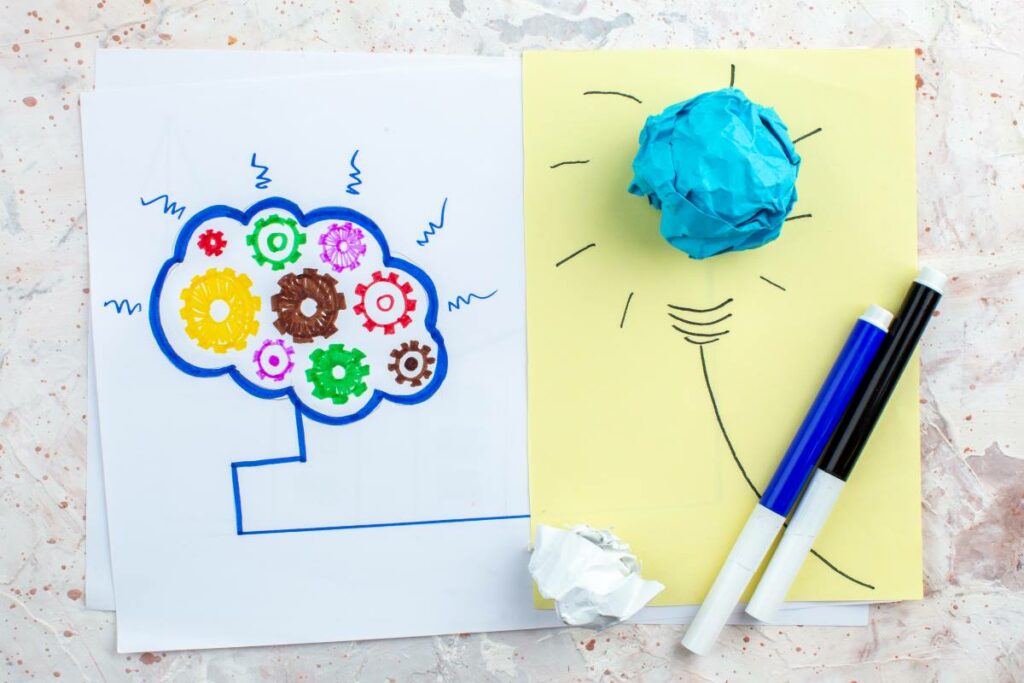
As a graphic designer, delving into the realm of color psychology is a captivating journey that allows you to harness the emotive power of colors and create designs that resonate deeply with your audience.
Colors can evoke specific emotions, convey messages, and shape perceptions. By understanding the principles of color psychology, you can wield this knowledge as a powerful tool in your design arsenal.
Online tools such as Adobe Color, Coolors, or Color Hunt offer a wealth of resources to explore and experiment with color palettes, helping you to master the art of color selection.
Developing skills in color theory, and understanding concepts such as hue, saturation, and contrast, will enable you to craft harmonious and impactful designs.
Recent statistics highlight the significance of color in design and marketing. According to a study by the University of Winnipeg, 90% of snap judgments made about products are based on color alone (Source: University of Winnipeg).
Furthermore, research conducted by the Institute for Color Research revealed that color can increase brand recognition by up to 80% (Source: Institute for Color Research).
Step #14 Develop a strong understanding of user experience (UX) design
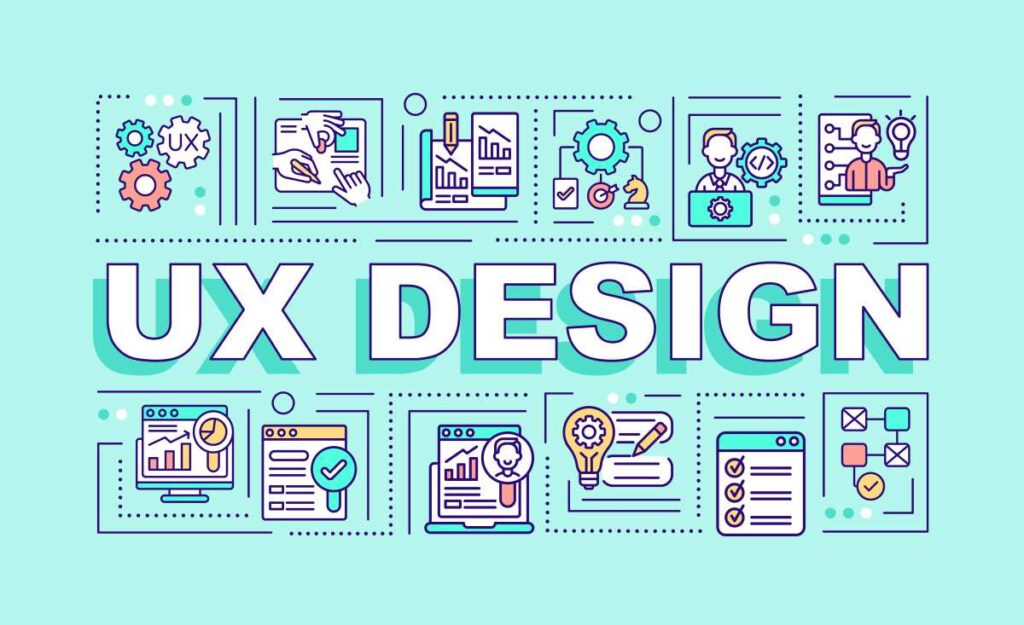
Developing a strong understanding of user experience (UX) design is a transformative pursuit that elevates your ability to create designs that not only captivate visually but also engage and delight users on a profound level.
UX design encompasses a holistic approach to crafting intuitive and seamless user interactions, ensuring that every element of a design is purposeful and enhances the overall user experience.
To embark on this journey, online tools such as Sketch, InVision, or Adobe XD can equip you with the necessary resources to prototype and test your designs, enabling you to empathize with users and iterate based on their feedback.
Acquiring skills in wireframing, information architecture, and usability testing will empower you to create designs that are not only aesthetically pleasing but also highly functional.
Thought leaders in design have emphasized the significance of UX design. The renowned designer Don Norman once said, “The real issue is not designing things people use but rather designing things people love” (Source: Interaction Design Foundation).
Similarly, the influential designer Dieter Rams emphasized the importance of user-centric design, stating, “Good design is making something intelligible and memorable. Great design is making something memorable and meaningful” (Source: Brainquote).
These words remind us that UX design is rooted in empathy, understanding, and a commitment to creating meaningful experiences for users.
Step #15 Develop your unique style

One of the most profound journeys you can embark upon is the development of your unique style—an artistic expression that sets you apart and becomes your signature in the vast creative landscape.
In fact, your style is a reflection of your personality, experiences, and artistic vision, and it serves as a powerful magnet that attracts clients and admirers alike.
To nurture and refine your style, online tools such as Behance, and Dribbble can be invaluable sources of inspiration, allowing you to explore a diverse range of artwork from talented designers across the globe.
These platforms offer glimpses into different design aesthetics, techniques, and trends, empowering you to curate your distinctive visual language.
Legendary designers have emphasized the importance of individuality and self-expression. The visionary artist Pablo Picasso once said, “Learn the rules like a pro, so you can break them like an artist” (Source: Goodreads).
While it is essential to grasp the foundations of design, it is equally crucial to break free from conventions and let your unique voice shine.
Similarly, the renowned designer Milton Glaser emphasized,
Art is work that matters
Milton Glaser
(Source: BrainyQuote)
This quote encapsulates the essence of developing a unique style—an artistic journey that goes beyond mere aesthetics and strives to create meaningful, impactful designs.
Step#16 Be AI graphic design expert

Nowadays, AI has become an essential part of our creative landscape. It is important to dive into this world by the following steps:
Training Data Diversity:
Human-AI Collaboration:
Customizable Style Transfer:
Interactive Design Prototyping:
Ethical AI Considerations:
Step #17 Seek feedback from your peers

If you want to become a genius graphic designer, the path to excellence involves more than individual brilliance—it thrives on the power of collaboration and seeking feedback from your peers.
By inviting constructive criticism and insights from fellow designers, you open yourself up to invaluable perspectives that can push your creative boundaries and elevate your work to new heights.
Online platforms like Behance, or design-focused communities provide the ideal avenues to connect with fellow designers, showcase your work, and engage in meaningful discussions.
These platforms offer a wealth of inspiration and a supportive network of like-minded individuals who share a passion for design.
Embracing feedback is not a sign of weakness, but rather a testament to your commitment to growth and improvement.
By seeking feedback from your peers, you harness the power of collective knowledge and expertise, enabling you to refine your designs and deliver exceptional results.
Renowned designers throughout history have emphasized the significance of collaboration and seeking input from others. The legendary Steve Jobs once said, “Great things in business are never done by one person. They’re done by a team of people” (Source: Entrepreneur).
Similarly, the influential designer Charles Eames emphasized the value of input from others, stating, “The details are not the details. They make the design” (Source: Goodreads).
These words remind us that feedback from peers can unveil insights and perspectives that elevate our designs from good to extraordinary.
Round up
Dear readers, you have embarked on a captivating journey into the realm of becoming a genius graphic designer.
Throughout this blog post, we have explored powerful tips and invaluable insights that can propel your skills and elevate your creative prowess to new heights.
From developing a strong foundation in the art to staying updated with current design trends, experimenting with different design software, and building a diverse portfolio, you have discovered the essential building blocks of becoming a genius graphic designer.
We emphasized the importance of seeking inspiration from other designers, practicing regularly, paying attention to details, and honing your typography skills.
Moreover, we delved into the realm of color psychology, user experience (UX) design, and the significance of developing a strong understanding of branding.
We encouraged you to embrace constructive criticism and highlighted the value of communication skills in your journey. We also stressed the importance of developing your unique style and seeking feedback from your peers.
As you reflect on these powerful tips, remember that your journey as a genius graphic designer is not a linear path but a continuous evolution.
Embrace the online tools and resources mentioned throughout this blog post, leveraging them to refine your skills and expand your knowledge. Keep in mind the recent statistics and research findings that underscore the impact of your craft on business success and user satisfaction.
In the realm of design, let your creative genius soar, for your designs, have the potential to captivate, inspire, and leave an indelible mark on the world.
Your commitment to excellence and the pursuit of innovation is commendable, and we genuinely thank you for investing your priceless time in reading this comprehensive blog post.
May you embark on your journey as a genius graphic designer with confidence, courage, and unwavering passion.
Remember to embrace your unique voice, celebrate your individuality, and let your creativity shine. The world awaits your masterful creations, and we do not doubt that you will leave an indelible legacy as a genius graphic designer.
Thank you, dear readers, for joining us on this extraordinary adventure. Keep creating, keep pushing boundaries, and never cease to explore the boundless possibilities that lie within the realm of graphic design.

